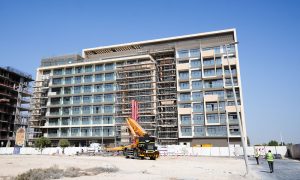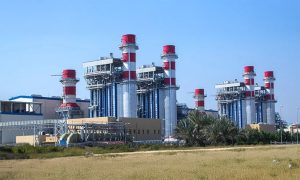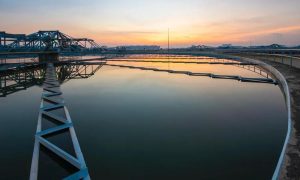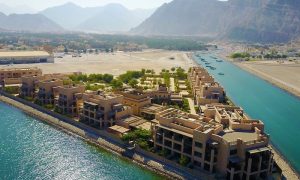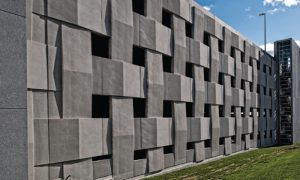Up in the Air
With the UAE’s national carriers flying high and set for a major surge of growth, Big Project ME examines the task ahead for the airports that service them. Gavin Davids and Charles Martin report
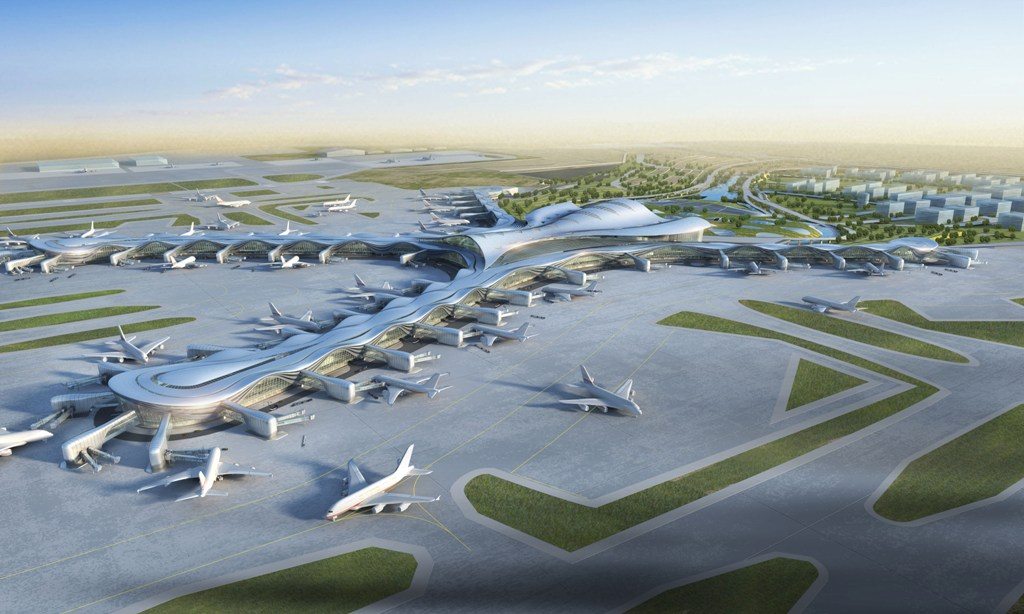
Seasoned international travellers know a truism; ‘an airport tells you what you need to know about a country, long before you even step out of it’. Think about it, aren’t your first impressions of a country formed by the experience you have in its airports?
So it’s no wonder then that the GCC plans to spend more than $313 billion in airport development as it looks to manage a surge in passenger traffic, which is being driven by the region’s six major airlines.
According to a report by the International Air Transport Association, the UAE is set to spend $23 billion on developing its airport infrastructure, including $15.79 billion on Dubai alone.
Dubai, for long the tourist capital of the Gulf, has already spent $5.4 billion on Dubai International Airport over the last 15 years. The ongoing fourth phase expansion of the airport will cost the government $7.6 billion and will include a fourth concourse and associated infrastructure. In addition, a further $8.1 billion is being spent on the Dubai World Central project in Jebel Ali. Not to be left behind, Abu Dhabi is investing $6.8 billion into the redevelopment of the Abu Dhabi International Airport, which is currently underway. In 2012, it awarded a $3.26 billion contract to a joint venture between TAV Construction, CCC and Arabtec, for the development of the Midfield Terminal Complex.
Ali Haydar Ozak, project director, Midfield Terminal Contractor, TCA Joint Venture, tells Big Project ME that the project is set to be one of the most iconic in the world.
“This building will be a landmark for Abu Dhabi,” he says. “If you think about the countries in Europe or the US continent…when you talk about France, you talk about the Eiffel tower, when you talk about London, you think about Big Ben, and I think and I believe, that this building will be a similar iconic building for Abu Dhabi. This is a top notch quality project. If you look at the design of the building, this is one of the most sophisticated and challenging…and also for me, one of the best designs for an airport that you can see.
“The designer and the client, who made the decision on the design, decided to have the best terminal building in the region, and for me, maybe in the world. When completed, Abu Dhabi International Airport’s Midfield Terminal Building will be a landmark for Abu Dhabi,” he reiterates.
Clearly then, the Abu Dhabi government is taking this project extremely seriously. And it’s no surprise, given that the emirate’s own airline, Etihad, predicts that passenger traffic figures are set to skyrocket.
When the airline started it needed 20% of Abu Dhabi airport’s capacity. Ten years later, the figure stands at 80%.
Etihad Airways is soon taking delivery of its first Airbus A380, and in doing so has highlighted some of the problems associated with airport development. Airbus point out that an A380 can take off and land in the same distance as any other airliner. But crucially it can’t load in the same way. The A380 has two decks and so special piers have to be built to accommodate it. In Dubai they are poised to become the world’s busiest international airport in the next year or so, and already handle more than 30 A380s.
“The continuous significant growth that Abu Dhabi International Airport has been recording is directly impacted by the aggressive expansion plans of the hub carrier, Etihad Airways, and the increase in the number of partnerships with international carriers. This is a reflection of Abu Dhabi’s appeal not just as a leisure and business destination but also as an aviation hub,” says, engineer Ahmad Al Haddabi, COO at Abu Dhabi Airports Company (ADAC).
If you quantify that, it is impressive. In July ADAC released traffic performance results for the first half of 2013 revealing strong double digit growth of 12.6% in passenger traffic between January and June 2013, compared to the same period last year.
During the first six months, the airport welcomed 7.9 million (7,941,922) passengers and 65,072 flights representing a 10.4% increase in aircraft movement compared to the same period last year. Cargo traffic also increased in the first half of 2013, with 325,737t passing through the airport, a 21.5% increase compared to the first 6 months of 2012.
Etihad opened its own terminal three in spring 2009. Terminal 3 is designed to feel like a luxury hotel rather than an airport, according to Etihad’s claim.
So Abu Dhabi airport is big and it is clever. But it’s about the get a lot bigger.
By the time the MTB comes into operation in September 2016 it will be able to handle approximately 27,000,000 passengers per year through its 106 passenger boarding bridges.
And if you’re wondering how long the conveyor belts will have to be to handle the 19,200 bags an hour, the answer is over 22km.
We know this because the clever people at TAV Construction have elected to use Building Information Modelling, so they can achieve project management and progress monitoring in a 3D working environment.
“As you can imagine, it’s a massive project, so the specifications had quite a lot of detail,” says Dr Ozan Koseoglu, BIM leader at TAV Construction and the man tasked with heading up BIM development for the MTB project.
“In the detailed design phase, we’re looking for the construction phase, the fabrication phase and then delivery to the client. The facilities management phase. So there’s a full lifecycle approach to BIM, from the start,” he adds.
When asked if the region needed this much airport, Abu Dhabi Airport chief executive Tony Douglas says he’s not concerned there is too much capacity in the region.
“All three locations are six hours away frm two-thirds of world’s population,” Douglas said at the construction site. “There are 100 capital cities within six hours of where we are.”
“Am I concerned that when we open this we’ll see tumbleweed blowing along the runways, empty departure halls and an aircraft control tower with everyone reading the newspaper? No, no and no. We can’t get it open a minute soon enough,” he enthuses.
Douglas also points out a surprising statistic: “Abu Dhabi’s economy, which is more than twice the size of Dubai’s, expanded 5.6% last year compared with 4.4% in Dubai, according to released government data.”
However, that doesn’t meant that Dubai is going away anytime soon.
Kez Taylor, the CEO of ALEC, the contractor working on Terminal 4 at the Dubai International Airport, told Big Project ME that according to the figures he had available, Concourse A, the huge 528,000m2, dedicated A380 terminal (the first of its kind in the world) at DIA, had seen more than 700,000 passengers pass through it in just the first month of its opening and operation.
“It’s going to increase the capacity of Dubai’s airports from about 60 million to about 75 million. It’s going to add a lot of capacity through the airport,” he adds. Terminal 4 will deliver a further 18 gates to the airport.
Furthermore, the entire airport has been in a process of expansion, with a $150 million upgrade of Terminal 2 being undertaken by Arabtec, which will bring the total capacity at Dubai International up to 80 million.
Adding to those figures will be Al Maktoum International. In September 2013, the General Civil Aviation Authority (GCAA) certified the airport for passenger flight, commencing from October 27 of this year.
This doesn’t even take into account the massive cargo and freight facilities that are already in operation at Al Maktoum International Airport.
With the considerable amount of work that is on-going and still planned, perhaps it’s fitting then that the last word goes to Tony Douglas, who says: “The airlines are growing so quickly we can hardly keep up with the infrastructure. It’s the type of problem that every airport operator dreams of.”



